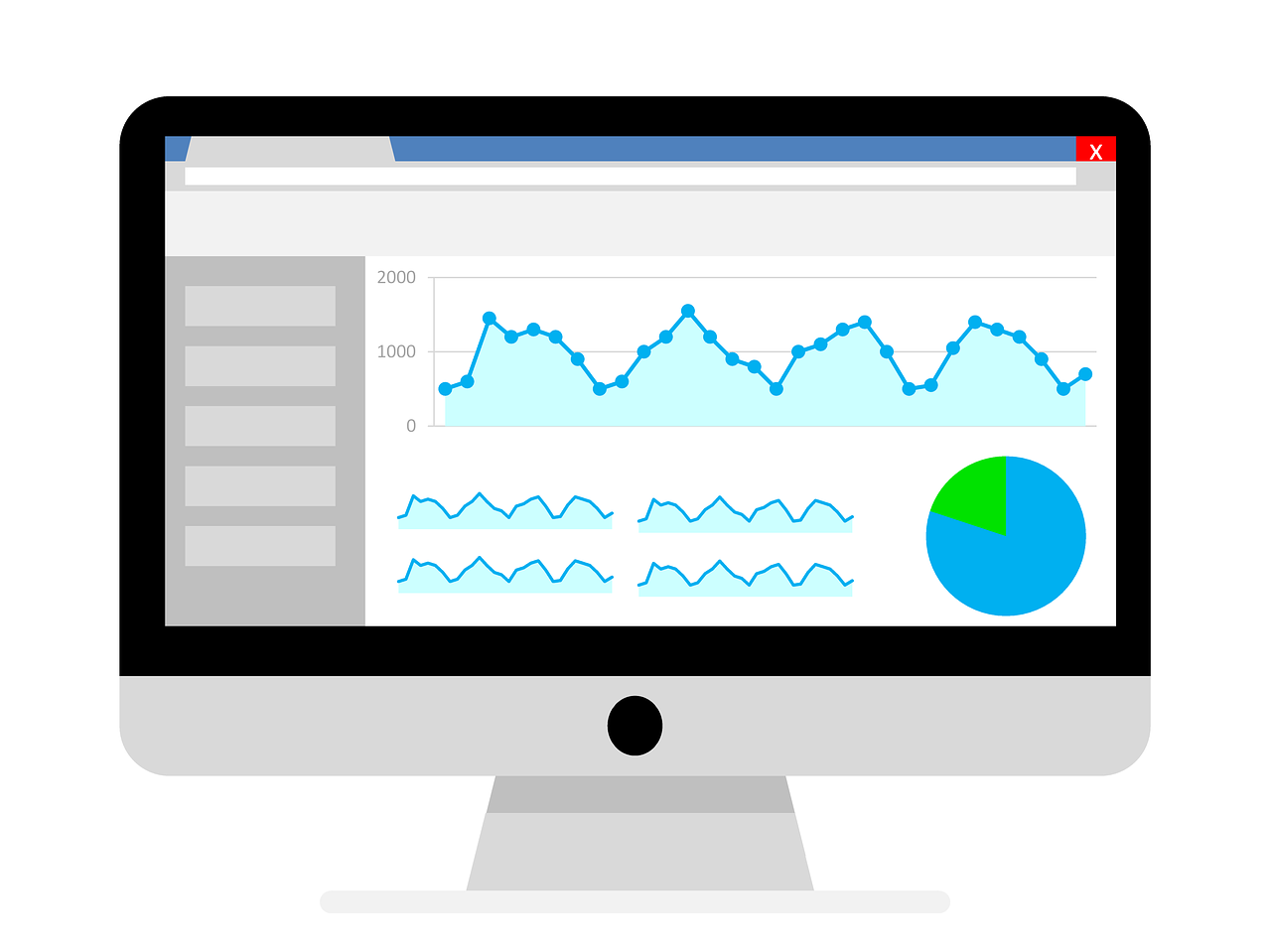In the realm of financial analysis, bank statements serve as a treasure trove of data, providing valuable insights into an entity’s financial health, liquidity, and operational efficiency. By scrutinizing the information contained within bank statements, analysts can derive a variety of financial ratios and metrics that offer valuable indicators of an organization’s performance and stability. This article delves into the significance of financial ratios and metrics derived from Balance sheet analysis for bankers, exploring their calculation methodologies, interpretation, and relevance in decision-making processes. Additionally, it discusses the role of loan processing automation in streamlining financial analysis workflows and enhancing efficiency.
Understanding Financial Ratios and Metrics
Financial ratios and metrics are quantitative indicators derived from financial statements, including bank statements, balance sheets, and income statements. These metrics provide insights into various aspects of an entity’s financial performance, efficiency, and risk exposure. When derived from bank statements specifically, financial ratios and metrics offer insights into liquidity, solvency, cash flow dynamics, and operational efficiency, among other factors.
Key Financial Ratios and Metrics Derived from Bank Statements
1. Current Ratio: The current ratio is a measure of a company’s liquidity, calculated by dividing its current assets by its current liabilities. A higher current ratio indicates stronger short-term liquidity, as it suggests that the company has sufficient current assets to cover its current liabilities.
2. Quick Ratio (Acid-Test Ratio): The quick ratio is a more stringent measure of liquidity, excluding inventory from current assets. It is calculated by dividing a company’s quick assets (cash, marketable securities, and accounts receivable) by its current liabilities. A higher quick ratio indicates stronger liquidity and ability to meet short-term obligations without relying on inventory.
3. Cash Ratio: The cash ratio measures a company’s ability to cover its short-term liabilities with its cash and cash equivalents alone. It is calculated by dividing cash and cash equivalents by current liabilities. A higher cash ratio indicates a greater ability to meet short-term obligations without relying on other assets.
4. Debt-to-Equity Ratio: The debt-to-equity ratio measures a company’s leverage and financial risk by comparing its total debt to its total equity. It is calculated by dividing total debt by total equity. A higher debt-to-equity ratio indicates higher leverage and greater reliance on debt financing.
5. Interest Coverage Ratio: The interest coverage ratio measures a company’s ability to meet its interest obligations with its earnings before interest and taxes (EBIT). It is calculated by dividing EBIT by interest expense. A higher interest coverage ratio indicates stronger ability to cover interest payments with operating income.
6. Operating Cash Flow Ratio: The operating cash flow ratio measures a company’s ability to generate cash from its operations relative to its current liabilities. It is calculated by dividing operating cash flow by current liabilities. A higher operating cash flow ratio indicates stronger ability to meet short-term obligations with cash generated from operations.
Interpretation and Analysis of Financial Ratios and Metrics
Interpreting financial ratios and metrics derived from bank statements requires a nuanced understanding of the organization’s financial context, industry dynamics, and strategic objectives. Analysts typically compare these ratios to historical data, industry benchmarks, and peer group averages to assess trends, identify outliers, and evaluate performance relative to peers. Additionally, financial ratios are often analyzed in conjunction with qualitative factors, such as management commentary, market conditions, and regulatory environment, to provide a comprehensive assessment of an organization’s financial health and prospects.
Role of Loan Processing Automation in Financial Analysis
Loan processing automation streamlines the collection, analysis, and verification of financial data, including bank statements, as part of the loan origination process. Automated systems leverage optical character recognition (OCR) technology and machine learning algorithms to extract relevant information from bank statements, such as transaction details, balances, and account activity. By automating data extraction and analysis, loan processing automation accelerates decision-making, improves accuracy, and enhances efficiency in financial analysis workflows.
Benefits of Loan Processing Automation in Financial Analysis
1. Efficiency: Loan processing automation reduces manual effort and accelerates data collection and analysis, enabling financial institutions to process loan applications more quickly and efficiently.
2. Accuracy: Automated data extraction and analysis minimize errors and discrepancies associated with manual data entry, ensuring greater accuracy and reliability in financial analysis.
3. Scalability: Loan processing automation scales to accommodate large volumes of loan applications, enabling financial institutions to handle increased demand without compromising quality or efficiency.
4. Compliance: Automated systems ensure compliance with regulatory requirements and internal policies by standardizing data collection and analysis processes and maintaining audit trails of all activities.
Future Directions and Innovations in Financial Analysis
As technology continues to advance, the future of financial analysis holds exciting possibilities for innovation and evolution:
1. Advanced Analytics: Advanced analytics techniques, such as predictive modeling, artificial intelligence, and natural language processing, enhance the predictive power and insights derived from financial data, enabling more accurate risk assessment and decision-making.
2. Integration with Blockchain: Integration with blockchain technology offers opportunities to enhance data security, transparency, and traceability in financial analysis processes, particularly in areas such as identity verification, transaction monitoring, and audit trails.
3. Enhanced User Experience: Innovations in user interface design and interactive visualization tools improve the accessibility and usability of financial analysis platforms, enabling stakeholders to explore and interpret data more intuitively and effectively.
4. Real-Time Analysis: Real-time data integration and analysis capabilities enable financial institutions to monitor and respond to market developments and emerging risks more proactively, enhancing agility and responsiveness in decision-making.
Conclusion
Financial ratios and metrics derived from bank statements provide valuable insights into an organization’s financial health, liquidity, and operational efficiency. By analyzing these metrics, analysts can assess trends, identify risks, and make informed decisions about investment, lending, and strategic planning. Loan processing automation plays a crucial role in streamlining financial analysis workflows, improving efficiency, and enhancing accuracy in loan origination processes. As technology continues to evolve, the future of financial analysis holds promise for innovation and transformation, enabling stakeholders to unlock new insights and opportunities in an increasingly complex and dynamic financial landscape.




